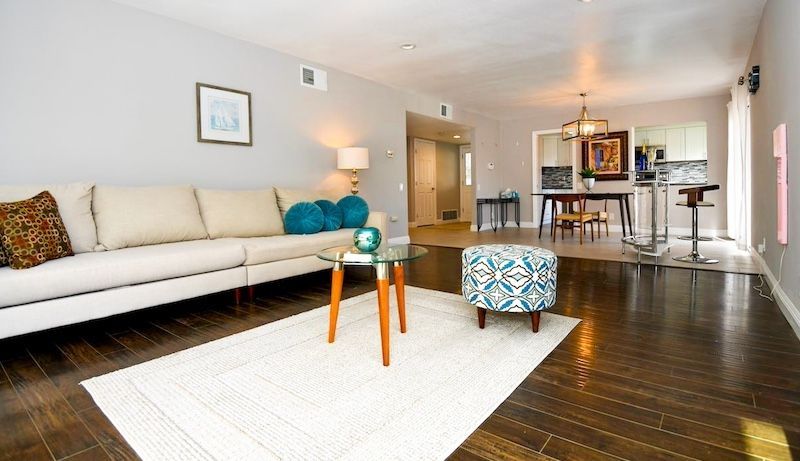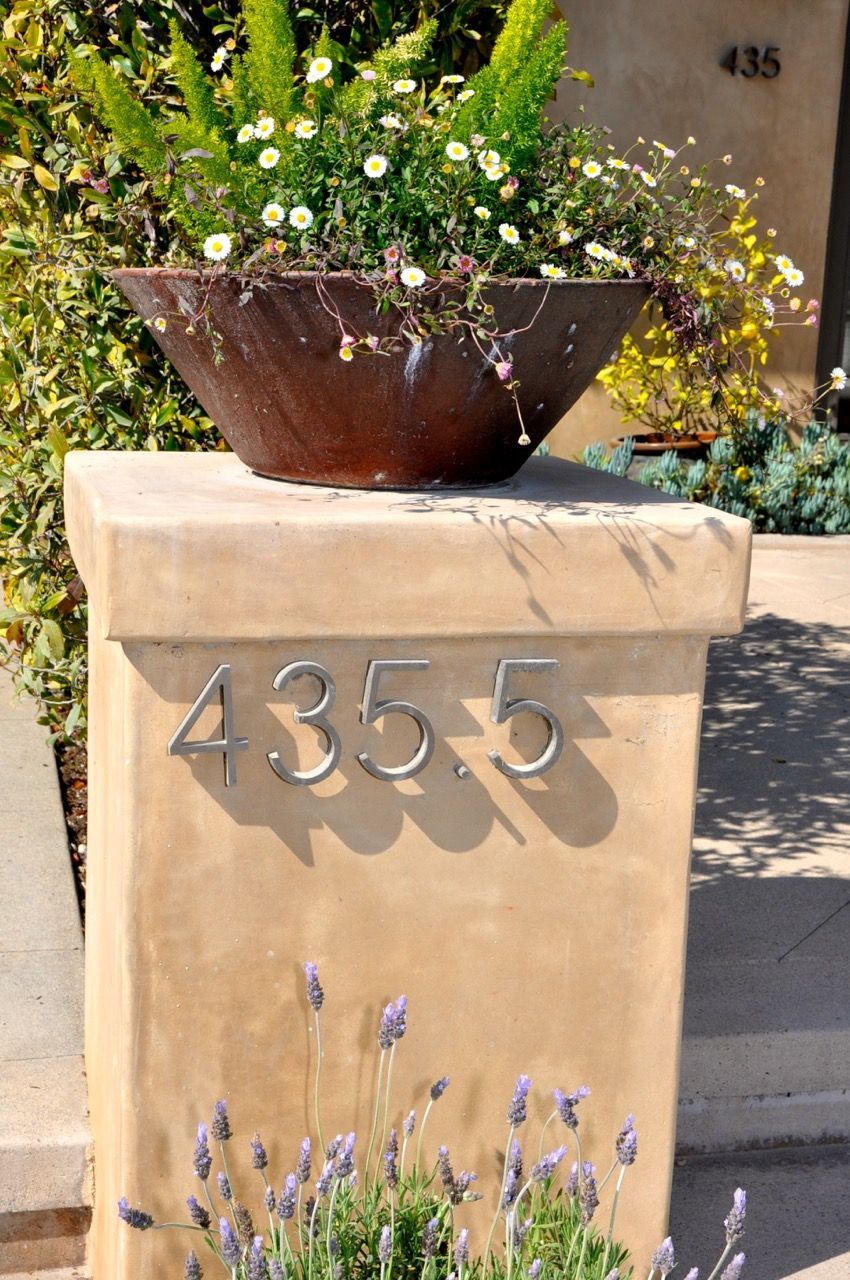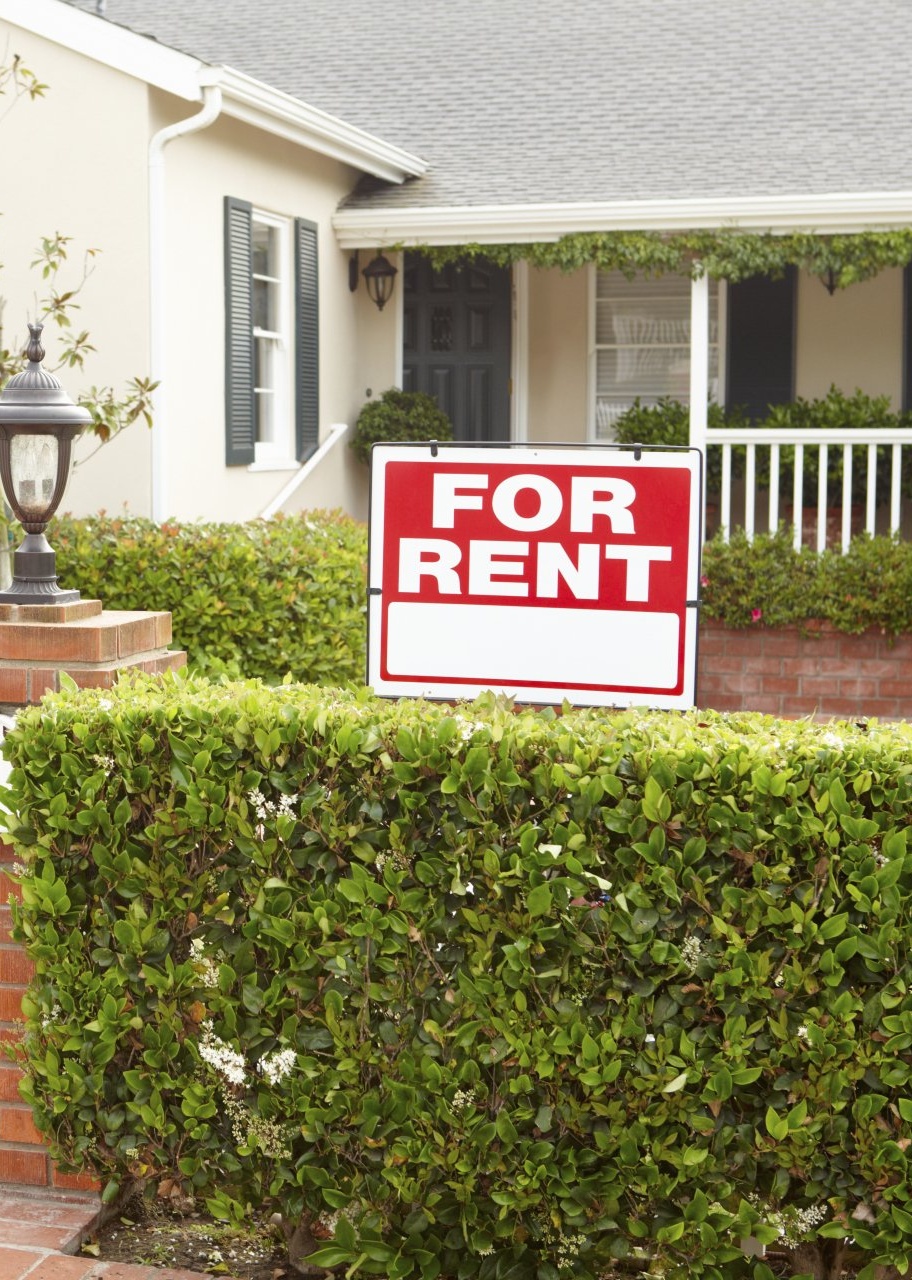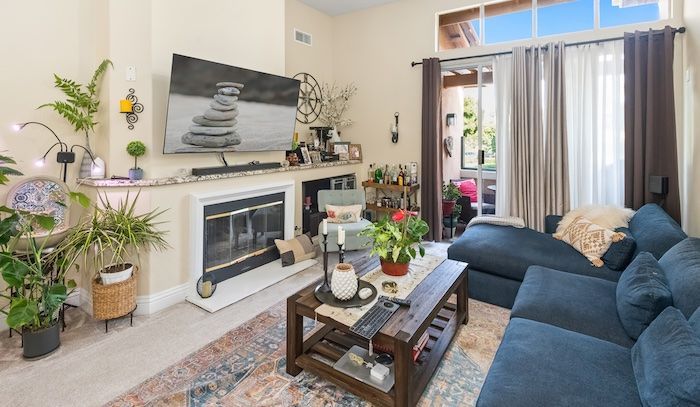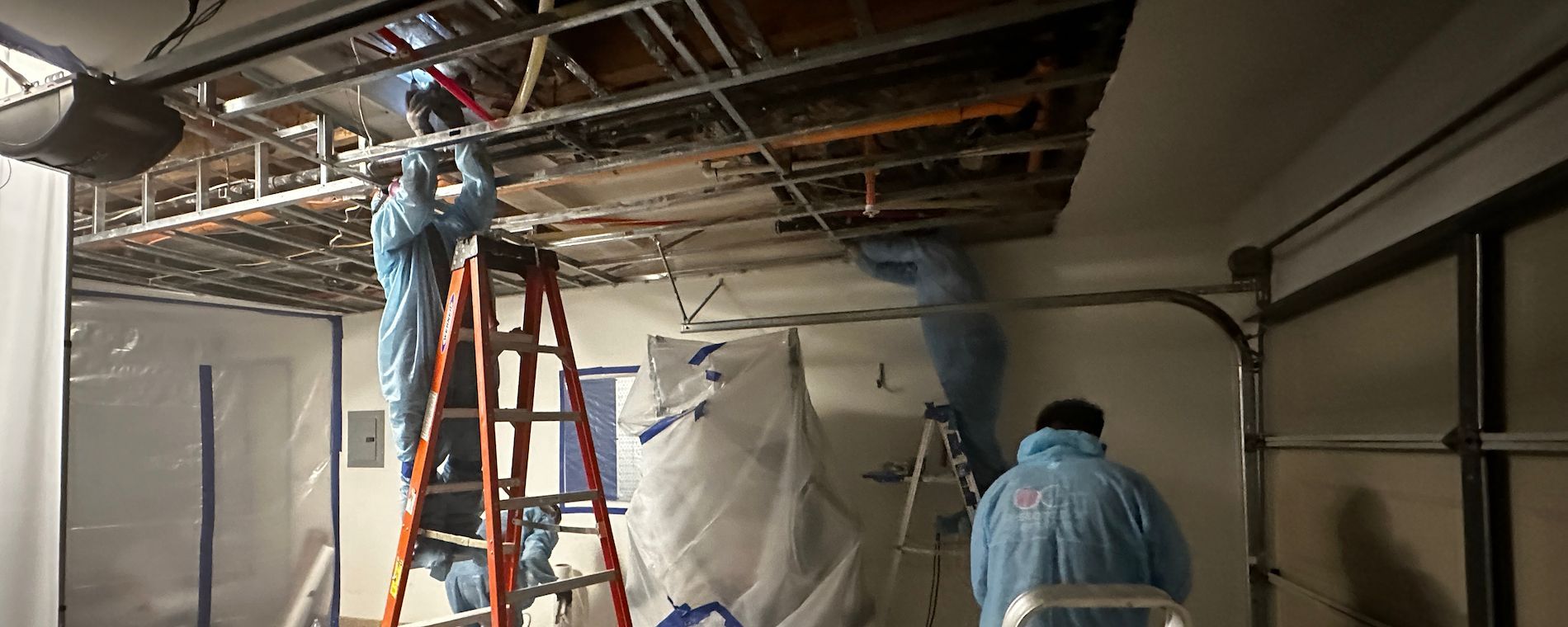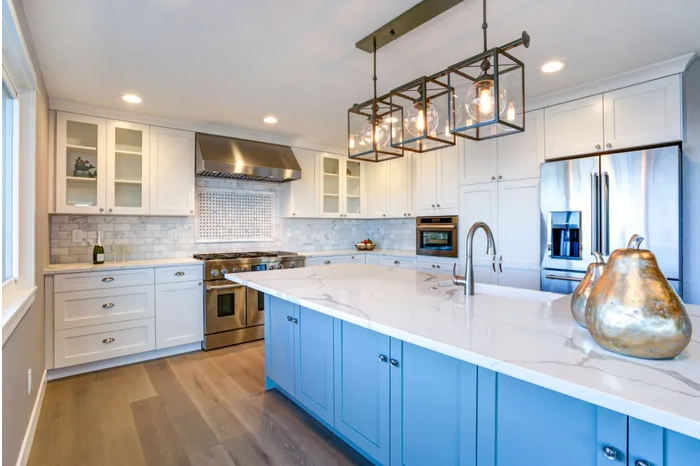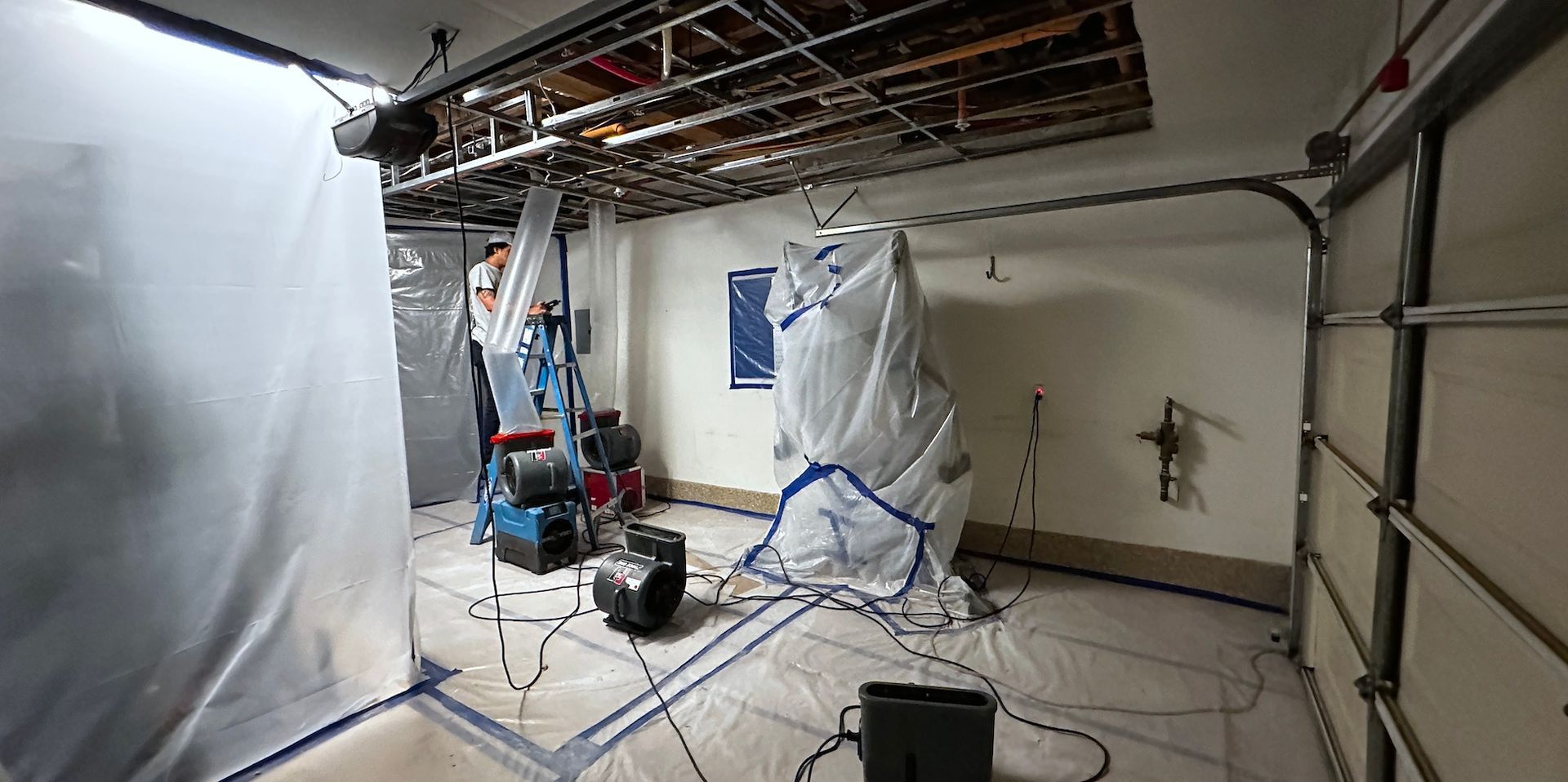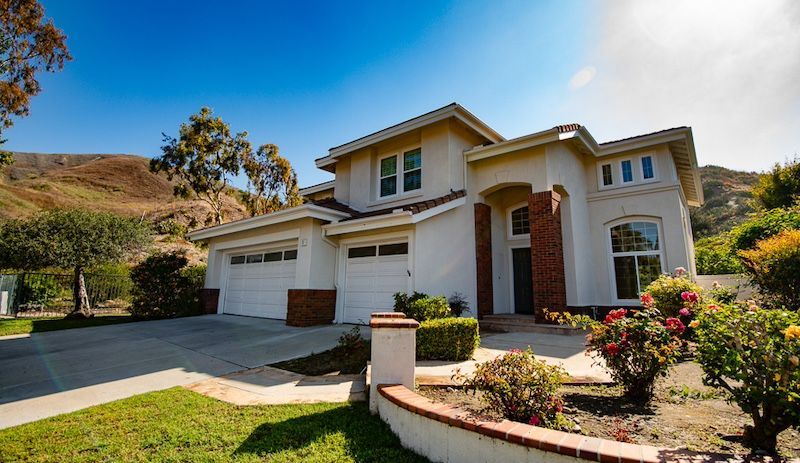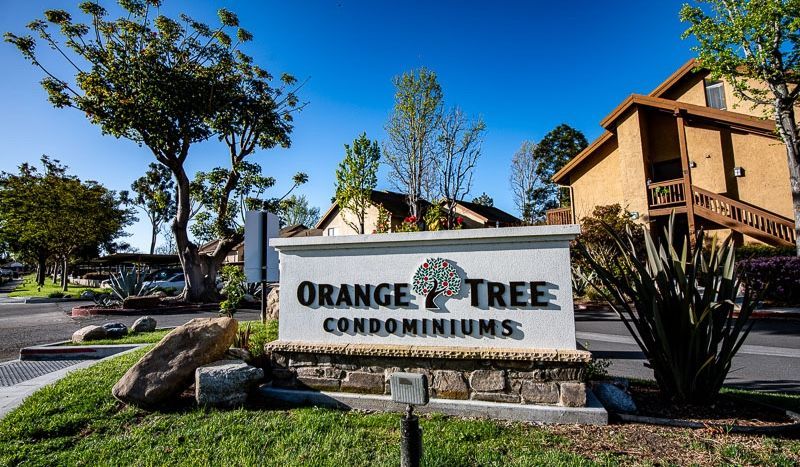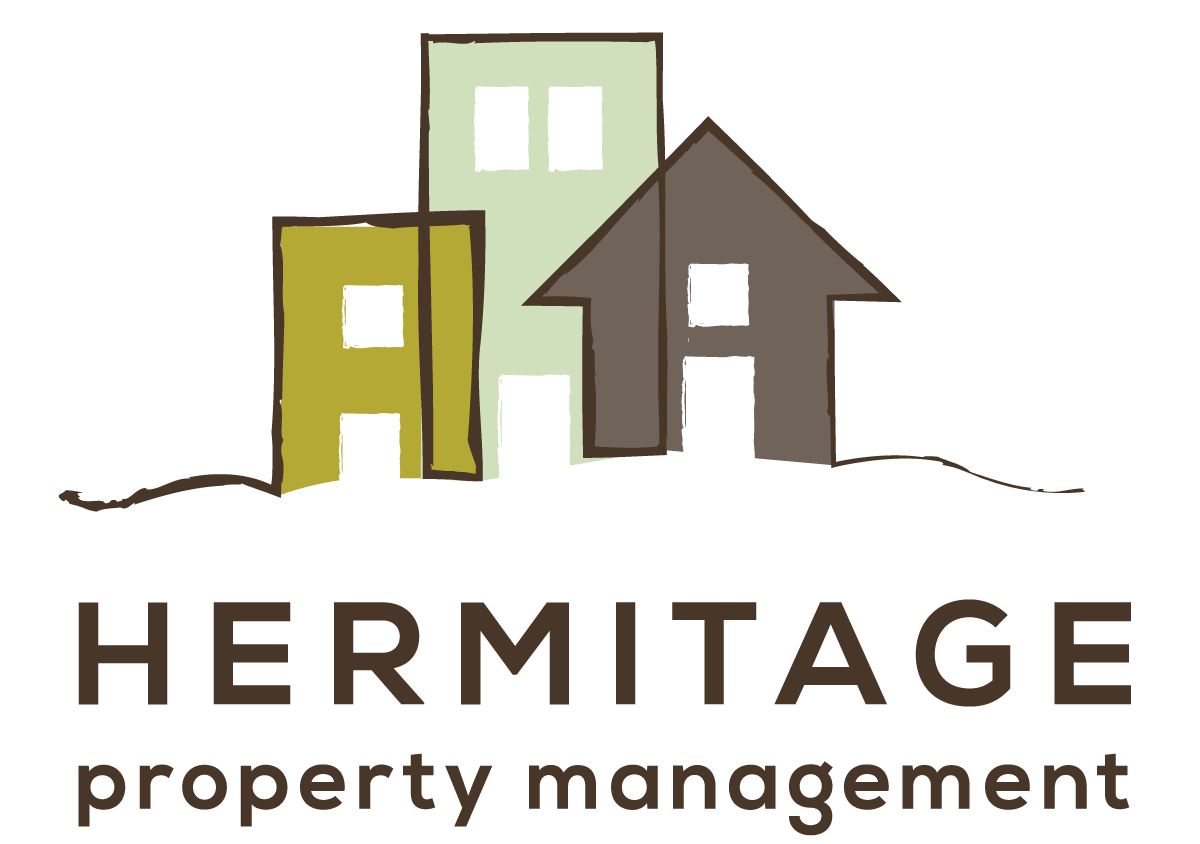Why hire a property Manager
California's new security deposit law poses challenges for landlords and property managers.
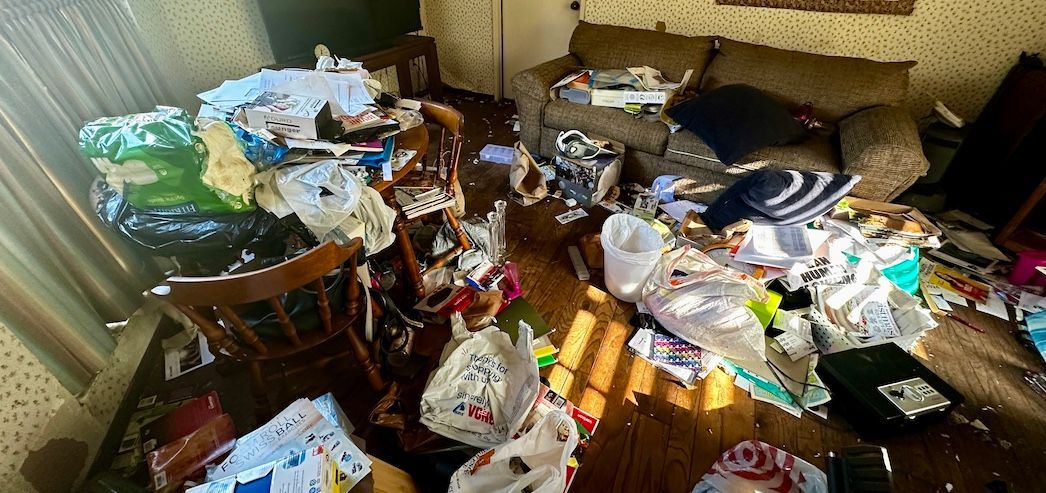
As part of our ongoing effort to keep you informed about the latest changes to landlord/tenant law that will affect your ownership of rental property in California, here’s a summary of AB 12, California’s new Security Deposit law, codified as Civil Code §1950.5.
First a summary of where we were and what the new law contains. This can be explained in two parts;
- New limits on how much Security Deposit a landlord can charge a tenant.
- Changes to what can be deducted from a tenants’ security deposit upon move out and how the security deposit should be processed.
LIMIT ON SECURITY DEPOSIT CHARGES
- Prior to passage of AB 12, the maximum allowable security deposit that a landlord could charge was two month’s rent for an unfurnished unit - and three months rent for a furnished unit.
- AB 12 limits the amount of security deposit that a landlord can charge to a tenant to one month’s rent, regardless of whether the property is furnished or not.
IMPORTANT: In their infinite wisdom, the state assembly carved out an exception for “small landlords” that are defined as rental property owners who own no more than two rental properties, or four units - anywhere in the United States. This exception only applies to owners who are natural persons, LLCs owned by individuals or family trusts.
CHANGES TO SECURITY DEPOSIT REFUND PROCESSING
Prior to passage of AB 12, landlords could use their judgement on what to charge against a tenant’s security deposit. This led to abuses by certain landlords who may have overcharged a tenant’s security deposit for bogus repairs, or for property damage that was present prior to a tenant moving in, or for upgrades the landlord made to the property. The law prohibited deductions to a security deposit unless it was determined to be “reasonable and necessary” to return the property to its condition at the inception of the lease term.
The new provisions specifically prohibit a landlord from charging for damage or defective conditions that was evident prior to the start of the tenancy. Additionally, claims can only be made to restore a property back to its condition at the beginning of the tenancy and requires landlords to allow for ordinary wear and tear without charging the tenant. Further, a landlord cannot charge for carpet cleaning or other professional cleaning unless it is reasonably necessary to return the property to the condition it was at the beginning of the tenancy - again exclusive of ordinary wear and tear.
What does this mean?
PHOTOGRAPHIC DOCUMENTATION IS REQUIRED.
- Beginning April 1, 2025, landlords and/or their property manager must take photographs of the condition of the property immediately after a tenant moves out, a Move-out Inspection, to document the condition of the property as justification for charges to a tenants security deposit. The landlord must also provide photographs of the property after repairs and or cleaning have been completed as evidence that the tenant’s security deposit was properly used.
- Beginning July 1, 2025, landlords and/or their property manager must take photographs of the property, prior to a tenant moving in to document the condition of the property. This “Pre-Move-In” inspection should be compared to the Move-out inspection to prove that the property was in the condition claimed in the Move-in inspection and as evidence for deductions to the tenant’s security deposit. Again allowances must be made for ordinary wear and tear.
- Right to a Pre-Move-Out Inspection. No more than 14 days prior to a tenant move out, landlords and/or their property manager must conduct a detailed Pre-Move-out inspection with details of what needs to be done to return the property to pre-move-in condition. The pre-move-out inspections must be accurate and detailed, providing the tenant with specific items that need to be corrected.
- Tenant Security Deposit Statements: 21 days after a tenant moves out, the landlord or property manager shall submit an itemized statement of deductions and refund, along with photographs from the move-in and move-out inspections, and post repair/cleaning photographs. Attached to the security deposit statement should be the receipts and/or bills detailing the charges of the allowable repairs or cleaning.
- Pre-Move-in, Move-out and post repair photographs are required to be submitted to the tenants along with the statement of charges.
- The landlord cannot deduct any charges to the tenants security deposit if they fail to comply with these requirements.
CHARGES THAT ARE PROHIBITED:
- A landlord may not claim deductions to a tenant's security deposit for pre existing damage or defective conditions in the property.
- A landlord cannot charge a tenant for ordinary wear and tear.
- A landlord can charge for professional cleaning or carpet cleaning - only if the property was professionally cleaned prior to the beginning of the lease term.
SUMMARY
What does all this mean?
- If you are a real estate investor and own more than two rental properties containing more than four units (doors), within the United States, you can only charge a security deposit equal to one month’s rent.
- To deduct a charge from a tenant’s security deposit for repairs and cleaning after they move out, the landlord needs to provide photographic evidence that the charge is justified and that the landlord is returning the property to the condition it was prior to a tenant moving in.
THINGS TO CONSIDER:
To prevent a downward spiral in the condition of your rental property, we believe a landlord should ensure that a rental unit is in the best condition possible - prior to the beginning of a lease and that a detailed pre-move-in inspection with comments and photographs be completed as documentary evidence of the condition of the property.
With this evidence in hand, a landlord can be justified in charging a tenant for repairs and cleaning to return the property to its pre-move-in condition. Please note, there are exceptions for “normal wear and tear”.
WHAT WE DO:
We’ve already taken steps to meet these new requirements but still need to adapt. These extra endeavors take time and cost money which may result in added fees to our clients in the future.
- For many years, we’ve made it standard operating procedure to document the condition of a property before a tenant moves in by doing a comprehensive PRE-MOVE-IN INSPECTION.
- We conduct a PRE-MOVE-OUT inspection to provide tenants with a list of repairs that they need to make to ensure a full refund of their security deposit.
- We conduct a detailed MOVE-OUT inspection after a tenant moves out as photographic evidence of the damage and or cleaning that is necessary to return the property to its pre-move in condition. These inspections are provided to tenants on their tenant portal.
What still needs to happen:
- We will need to add multiple inspections during the move out process to properly document pre and post repairs with multiple photographs in a way that matches the new law. These post repair photos, along with post cleaning photographs will need to be posted to a tenants portal.
- We will keep the tenant portal active for 30 days after a tenant moves out so they can review the inspection and security deposit statement.
Here at HPM, we strive to avoid surprising both our owner clients and tenants. This takes diligence and proactive thinking on our part, which takes time and costs money. Most of the above inspections, as described, have been part of our move out process for years - but we take all the risk and it is expensive. We will do our best to create a streamlined and efficient process to handle these new requirements but if the processes end up being too time consuming and costly, we may need to consider charging additional fees to cover the costs and added burdens that are now required to move out a tenant. The addition of fees is not something we take lightly and we do our best to avoid them, but if it becomes unavoidable, the new fees may be in the form of higher property management fees or separate charges for moving out a tenant.
This is one more reason why we believe it is far better for a landlord to do what they can to retain an existing tenant and avoid the turnover costs inherent in moving a tenant out.
